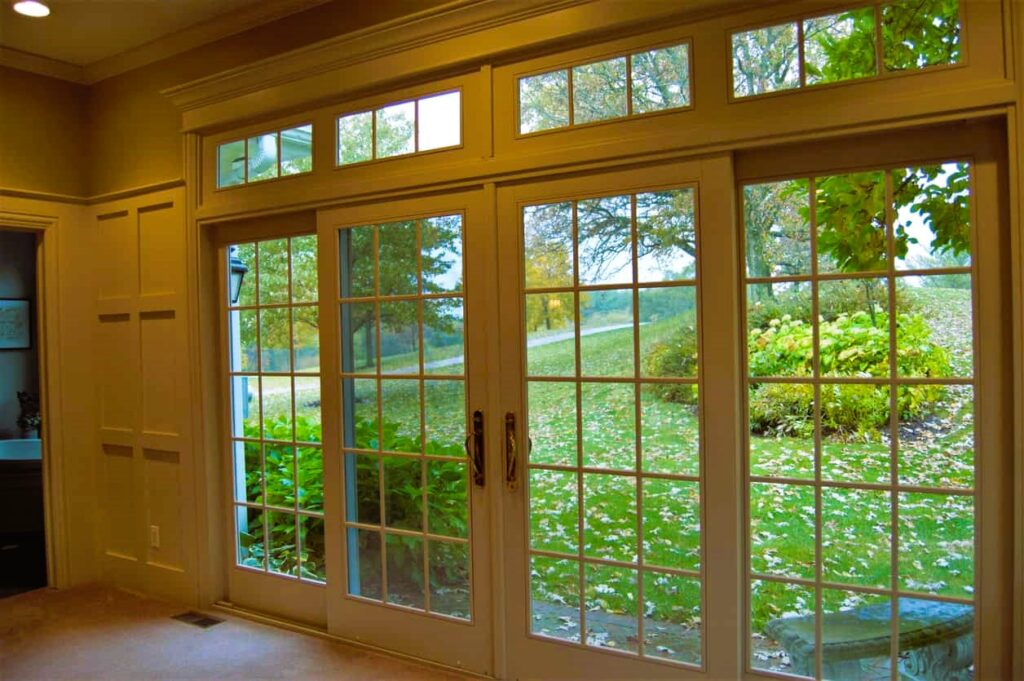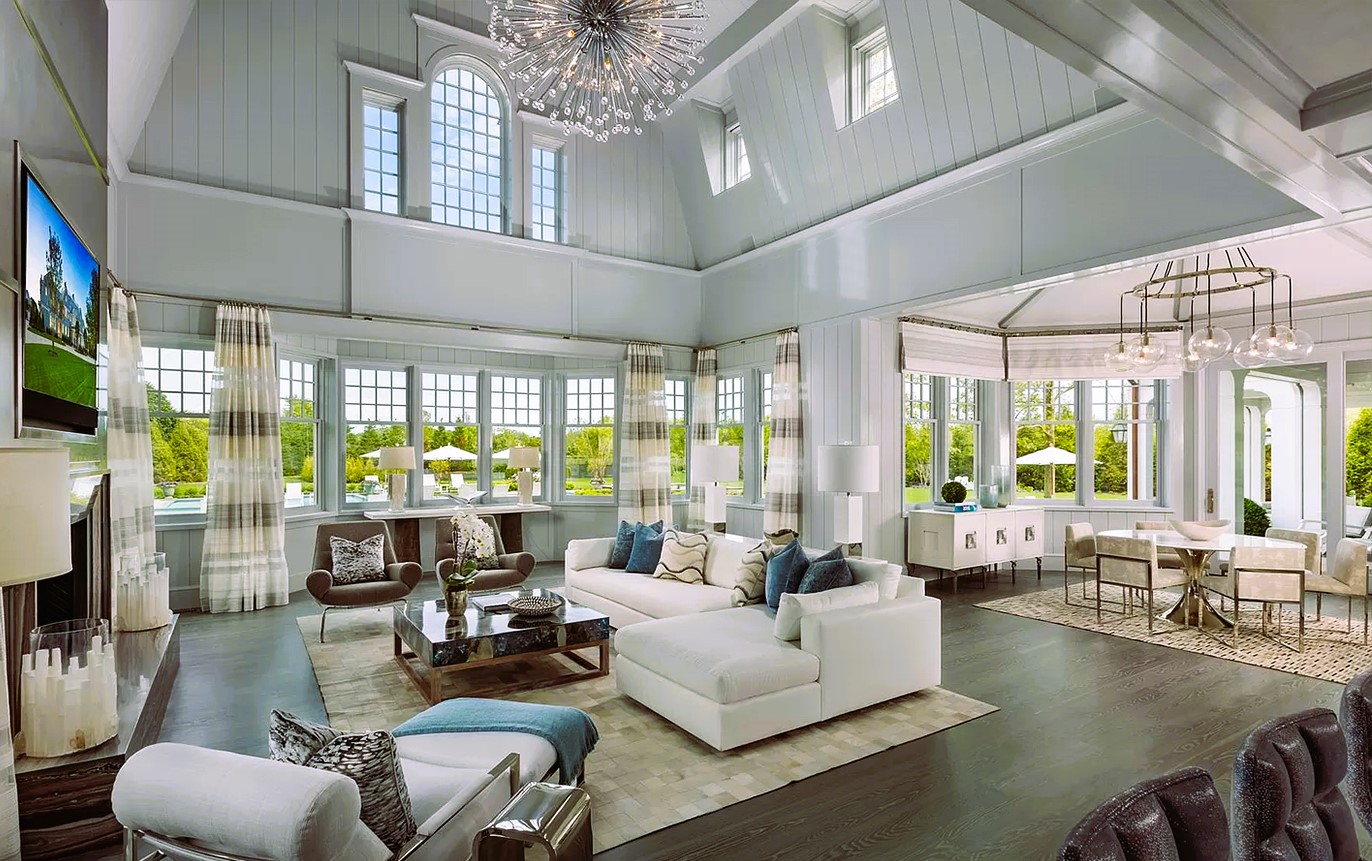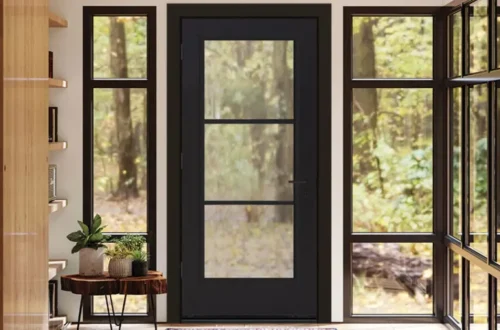When it comes to choosing the right grid style for your windows, you’re not just making a functional decision but also a design choice that can significantly impact the overall aesthetics of your home. Window grids, also known as muntins or grilles, come in various styles, each with its own unique charm. In this guide, we will delve into the world of window grid styles, exploring different options and providing insights to help you make an informed decision that enhances the visual character of your home.
Understanding Window Grids
Window grids are the decorative dividers that create patterns on the surface of a window. They serve both functional and aesthetic purposes, and their style can greatly influence the overall look of your home. Here are some key aspects to consider:
- Aesthetic Enhancement: Window grids can add character and visual interest to your home’s exterior and interior. They can help define the architectural style and personality of your property.
- Historical Reference: Grid styles can be used to mimic historical architectural periods, connecting your home to a specific era or design movement.
- Functional Dividers: In some cases, grids are used to divide a large window into smaller panes for practical reasons.
Common Window Grid Styles
Several popular window grid styles have evolved over time, reflecting different architectural eras and design movements. Here are some of the most common grid styles:
- Colonial Grids: These grids are characterized by a symmetrical pattern, often featuring a central vertical and horizontal bar, creating a grid of six panes. They are commonly associated with colonial-style homes.
- Prairie Grids: Inspired by the Prairie School architectural style, these grids feature horizontal and vertical bars that extend to the window’s edges, forming a rectangular pattern.
- Victorian Grids: The Victorian era saw the use of intricate, ornate grids with curved or diagonal muntins. These grids are associated with the elaborate design of Victorian homes.
- Craftsman Grids: Craftsman-style homes often feature simple, straightforward grids with vertical and horizontal bars, creating a practical and functional pattern.
- Georgian Grids: Georgian architecture is characterized by symmetrical grids with a central horizontal bar, creating a classic and balanced look. Read our article about caring for patio doors and windows.
Modern Window Grid Styles

In contrast to traditional and historical grid styles, modern design often favors clean, unobstructed views. Here are some contemporary window grid styles:
- Gridless or Clear-View Windows: These modern windows feature large, uninterrupted panes of glass, allowing for expansive vistas and a sleek, minimalist look.
- Contemporary Grids: Modern design incorporates grids that are more subtle, with thinner muntins that do not overpower the glass. These grids add a touch of visual interest while maintaining a modern aesthetic.
- Industrial Grids: Inspired by industrial and loft-style architecture, industrial grids are bold and distinctive, often using thicker, black muntins to create a strong design statement.
- Custom Grids: Modern design allows for a high degree of customization. Homeowners can work with manufacturers to create unique grid patterns that suit their individual tastes and the style of their home.
Choosing the Right Grid Style
Selecting the right grid style for your home is a matter of personal preference, architectural compatibility, and design goals. Here are some tips to help you make the right choice:
- Architectural Compatibility: Ensure that the grid style you choose complements the architectural style of your home. Some grid styles work better with specific architectural periods or design movements.
- Personal Taste: Window grids offer an opportunity to express your personal design preferences. Consider the visual impact you want to achieve and how grids align with your overall design vision.
- Energy Efficiency: The number and size of grid patterns can affect the energy efficiency of your windows. More grids may lead to more heat loss. Consider the climate and energy requirements of your region.
- Historical Accuracy: If you are restoring or replicating a historical building, consider using grids that are true to the architectural era of your property.
- Balance: Achieve a balanced look by ensuring that the grid style you choose is in harmony with the proportions of your windows and the overall structure of your home.
Conclusion
Window grid styles offer a diverse range of options to enhance the visual character of your home. Whether you prefer a traditional, historical look or a sleek, modern design, your choice of grid style can have a significant impact on the aesthetics of your property. By considering architectural compatibility, personal taste, energy efficiency, historical accuracy, and balance, you can select the right grid style that complements and enhances your home.
For more information on building standards and regulations in Canada, you can refer to Canada.ca. These resources provide valuable insights into construction and safety standards that may impact your choice of window grid styles.





